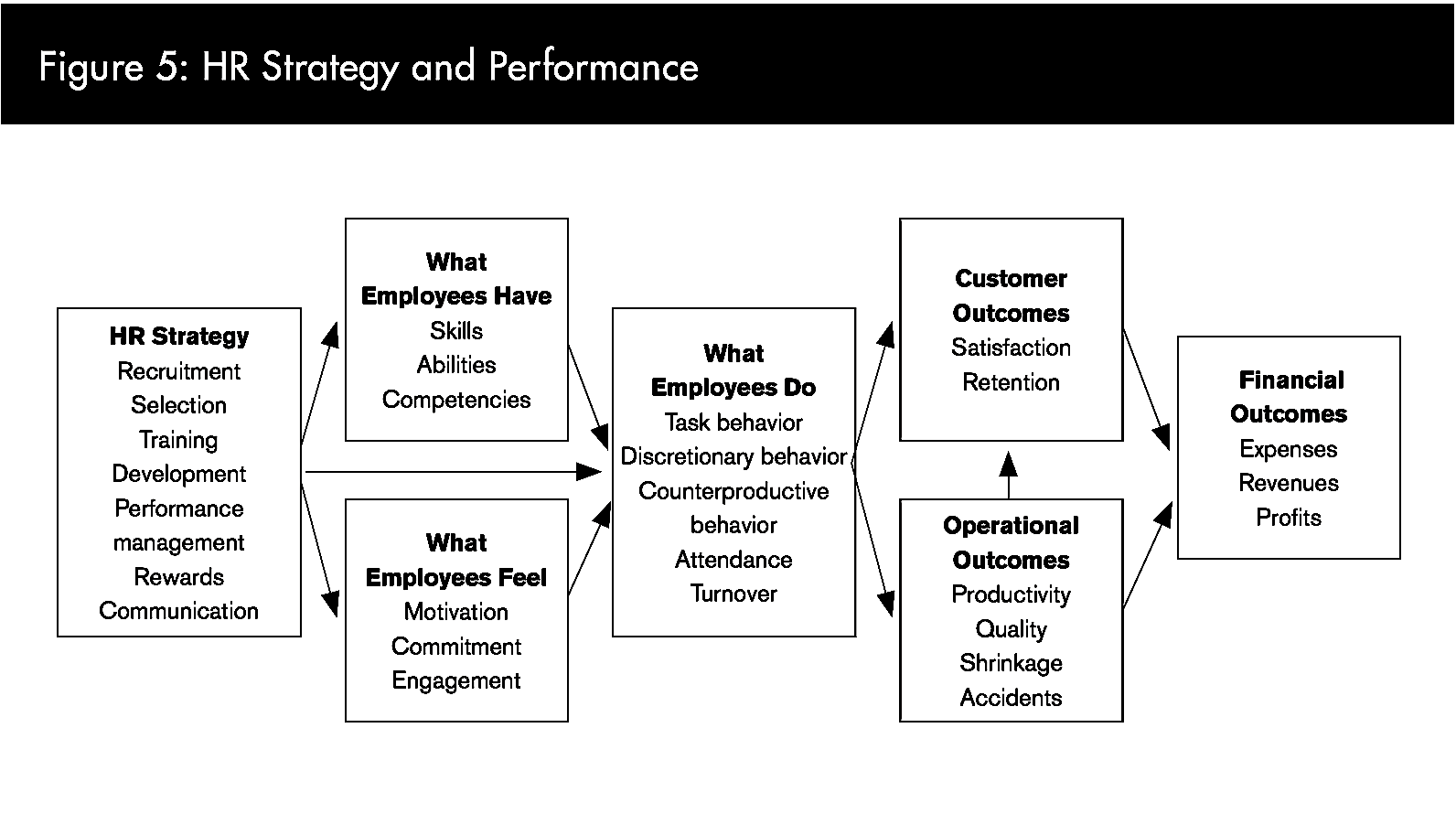
As your company scales you’ll need to design a hiring process to meet staffing needs. This starts with an HR strategy that will have a positive impact on company performance.
If you don’t have an HR background, then it’s likely that you have no idea of why an HR strategy is important, how to create one, or how to decide what you will need to manage HR activities.
The best and easiest way to find it out is by following a step-by-step guide to organize your ideas and expectations regarding an HR strategy.
Step 1 – Determine the role of HR
The first thing that you will need to consider is what you are expecting from an HR structure at the present moment. For example, the role of HR can include goals such as: a) anticipating and building skills; b) leading transformation; and c) growing the business.
Consider why you started to think about it and the task that you need to achieve. Are you trying to hire new talent to join your team, fielding constant questions from employees about career growth, or just simply feeling overwhelmed with daily operations?

Write down every way that you expect that an HR strategy would support your business, including internal communications, payroll, events, training, etc. Just bear in mind what you really need at this stage, so you won’t be frustrated if all of your HR wishes don’t come true immediately. It is much easier to expand a department in the future than to shrink it, as it usually implies cutting jobs or budgets. This can be done more efficiently with the help of an HR specialist.
Step 2 – Determine how you’ll structure an HR team
Now that you know what you want, you need to start thinking about the requirements necessary to make it work. Start considering the team you might need to put together so HR tasks will get done.
As an early-stage startup, maybe an HR intern focused on tactics or outsourcing HR needs on a project basis will suffice. As your business grows one full-time employee may be enough, but they may require tactical support from part-time staff and interns depending on the workload. As you scale, more senior level HR leadership roles will become necessary.
In any case, if you’re scaling your business then you’ve probably seen the signs that you need to hire an HR person. Once you have a fully dedicated HR role you can let them take on new responsibilities and indicate how much assistance they will need. At this point it’s important to consider the skills, educational background, work experience and personal profile that an ideal HR candidate possesses and take it from there.
Step 3 – Select your HR infrastructure and technology
When you decide how you’ll structure your HR team you will need to design the infrastructure and equip them with the right tools. Write down what you think HR employees might need to do their jobs effectively.
Will they need a separate office area? Where will interviews be conducted? Where will employee profiles be safely filed? How will HR information be created and disseminated? Will you use an Intranet portal for all HR activities? Which cloud-based HR tools will help your team be more effective at managing HR processes?
For example, Namely HR software brings together payroll, benefits, and talent management in one modern platform. Meanwhile, UK-based People is an HR platform built by a team of HR veterans with nearly 50 years’ collective experience in human resources and HR software. Take advantage of modern HR technology.
Step 4 – Determine your hiring strategy
Even though there are a lot of tips and studies that suggest how you should choose the best employees to your company, the definition of the “best employee” is unique to your business. Your focus may be on a candidate with the right skills for the position, but there is a bit of gut feeling on this matter too.
Meanwhile, small businesses should retrofit the hiring strategies of larger enterprises that benefit from the expertise of an HR director and full-fledged HR department . This suggests that “small and medium-sized businesses can focus on “person-job fit” by hiring people for the specific job (only looking at the skills directly relevant to the job applied for), or they can focus on “person-organization fit” (looking for broader skills, the ability to get along with team members and fit in the company culture).”
Meanwhile, will you fill new positions internally or first look for new hires? Also consider whether you will hire students as interns or apprentices for more tactical day-to-day operations that require more task-based skills.
Determining your HR strategy will depend on your business priorities, so you will need to give it some careful thought. When it’s time you may decide to consider what you are expecting from an HR specialist and hire one to manage HR activities instead. However, the most important thing to keep in mind is that the driving force of any great HR strategy are the employees who make it work.
This article has been edited and condensed.
Norman Arvidsson, is a freelance web developer with more than two years of experience behind him and also a contributing blogger. Interest in such areas as web-design, web development, personal growth, leadership, business and eLearning. Connect with @NormanArvidsson on Twitter.
© YFS Magazine. All Rights Reserved. Copying prohibited. All material is protected by U.S. and international copyright laws. Unauthorized reproduction or distribution of this material is prohibited. Sharing of this material under Attribution-NonCommercial-NoDerivatives 4.0 International terms, listed here, is permitted.













